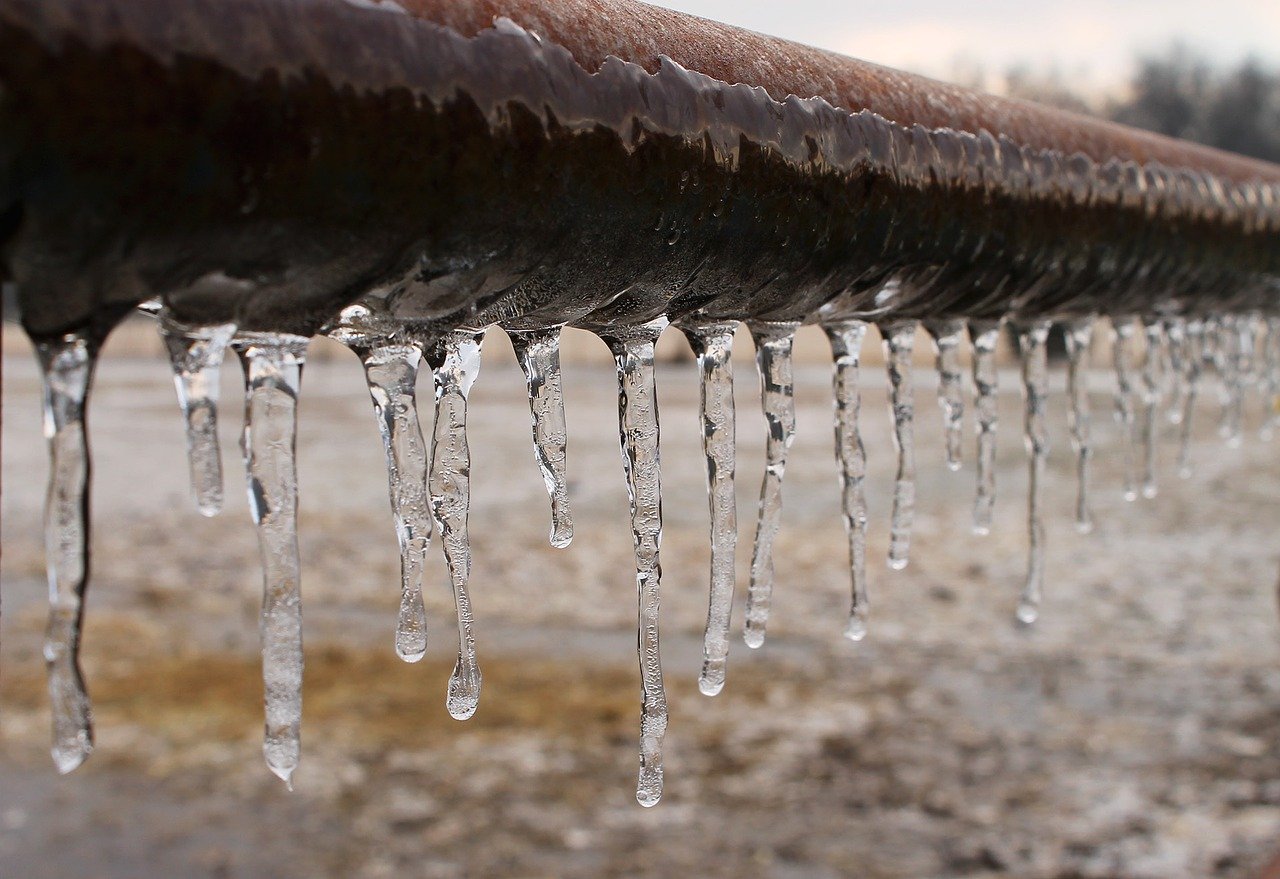
Avoid Winter Perils
Snow-covered and slippery sidewalks and driveways aren’t the only headaches we face each winter. Unfortunately, many homeowners learn too late about the damage ice dams and bursting pipes can cause to ceilings, walls, floors, and furniture. Fortunately, you can avoid the aggravation and expense by taking several basic steps right now to prevent this kind of damage.
Ice Dams
An ice dam is an accumulation of ice at the lower edge of a sloped roof, usually at the gutter. When interior heat melts the snow on the roof, the water will run down and refreeze at the roof’s edge where temperatures are much cooler.
Eventually the ice builds up and blocks water from draining off of the roof. This, in turn, forces the water under the roof covering and into your attic or down the inside walls of your home.
Once an ice dam forms, the potential damage can be serious. Take these steps now to avoid trouble later:
- Keep the attic well ventilated. The colder the attic, the less melting and refreezing on the roof.
- Keep the attic floor well insulated to minimize the amount of heat rising through the attic from within the house.
This two-step approach decreases the likelihood that ice dams will form or, at least, reduces their size.
If you re-roof your house, installing a water-repellent membrane under the roof covering is an extra precaution you can take to prevent roof leaks caused by ice dams. Talk to your local building official about minimum code requirements for ice dam protection.
Freezing Pipes
Frozen water in pipes can cause water pressure buildup between the ice blockage and the closed faucet at the end of a pipe. This leads to a pipe bursting at its weakest point. Pipes in attics, crawl spaces, and outside walls
are particularly vulnerable to freezing in extremely cold weather. Holes for television, cable, or telephone lines in your home’s outside walls, allow cold air to reach them.
To keep water in pipes from freezing:
- Fit exposed pipes with insulation sleeves or wrapping to slow the heat transfer. The more insulation the better.
- Use caulking to seal cracks and holes in outside walls and foundations near water pipes.
- Keep cabinet doors open during cold spells to allow warm air to circulate around pipes (particularly in the kitchen and bathroom).
- Keep a slow trickle of water flowing through faucets connected to pipes that run through an unheated or unprotected space. Or drain the water system, especially if your house will be unattended during cold periods.
